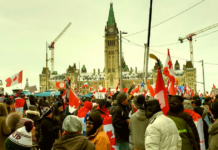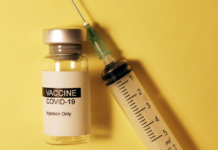Ontario’s decision to halt non-emergency surgeries earlier this year has resulted in a backlog that could last years and cost taxpayers an additional $1.3 billion in extra costs.
In a report released Monday by the Financial Accountability Office (FAO) of Ontario, the independent organization determines that by September there will be a backlog of 419,000 elective surgeries and 2.5 diagnostic million procedures.
At the current rate, it will take 3.5 years to end the backlog.
“For context, in 2019, Ontario hospitals completed 649,300 elective surgeries and 4.3 million non-emergent diagnostic procedures,” the report reads.
“This means that the surgical and diagnostic backlog is expected to reach nearly two-thirds of total annual volume for all elective surgeries and non-emergent diagnostic procedures in a normal year.”
In April, Ontario hospitals were instructed to stop all non-emergency surgeries as the province faced a surge of COVID-19 cases.
The FAO estimates the cost to clear the backlog will be $1.3 billion, more than double the $610 million originally budgeted for by the Ford government.
The president of think-tank SecondStreet.org Colin Craig says the FAO report exposes the dire situation in Ontarian healthcare and the need for reform.
“The numbers from Ontario are quite staggering – both in terms of the volume of surgeries that were postponed and the estimate that it will take 3.5 years to clear the backlog. This past September the Ford government told us they had no idea how big the backlog was. Fortunately, they now seem to have an estimate.”
Craig notes that other countries addressed the backlog for procedures by making use of private health services which are not available to Ontarians.
“The big question is – will the Ford government relax its iron grip on health care in the province? Countries with shorter waiting lists than Canada give patients a choice – use the public health care system or pay out-of-pocket at a private clinic,” he said.
“If the Ontario government followed suit and allowed patients to use non-government clinics, they could reduce their backlog faster as some patients choose to pay out-of-pocket.”





















